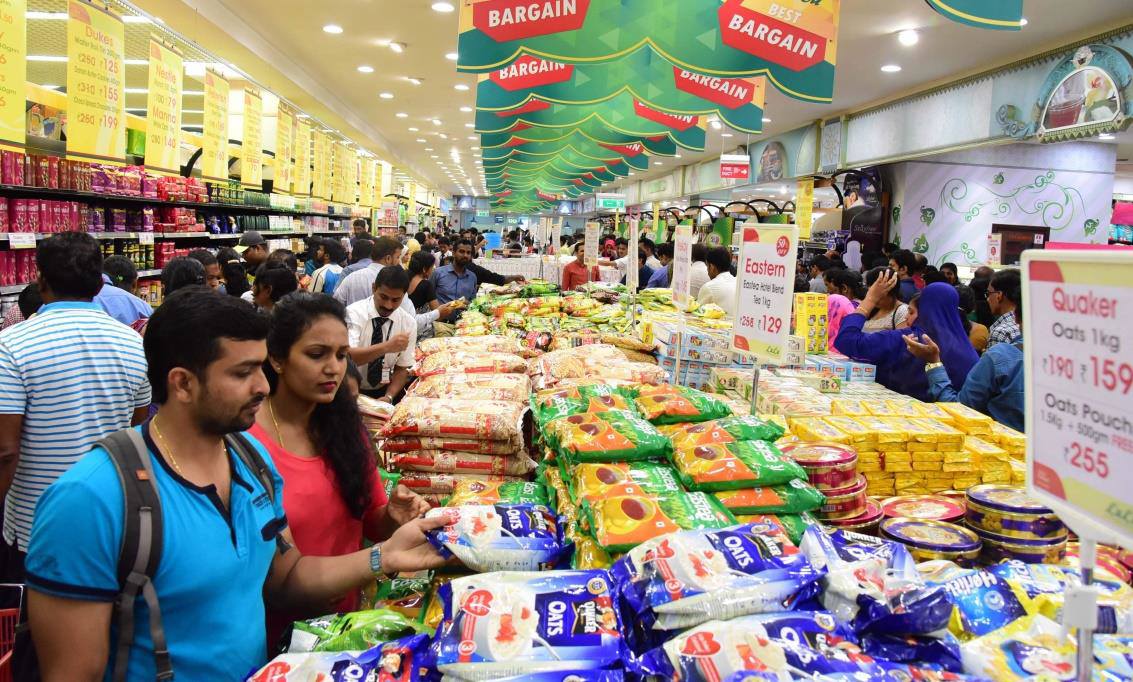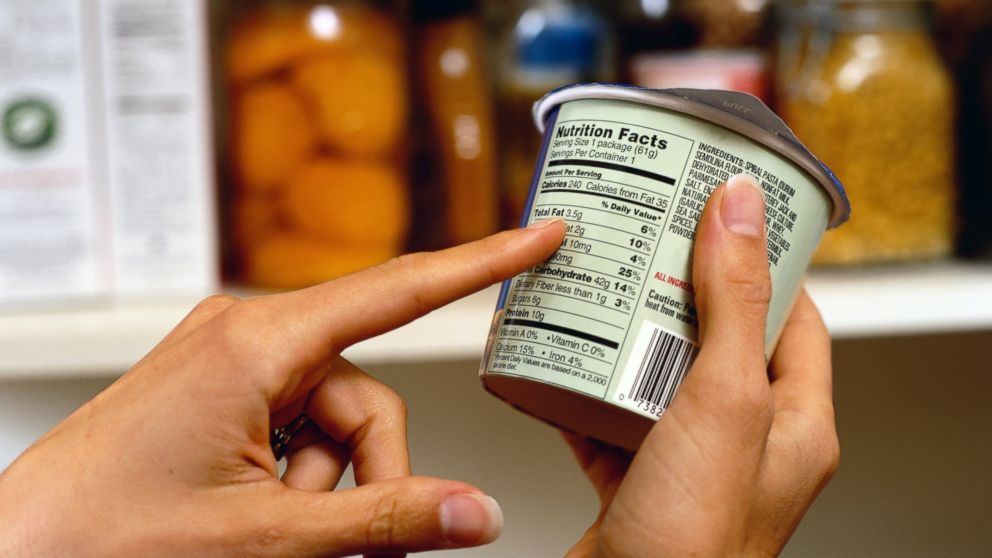Packaged Food With High Fat, Sugar To Be Marked Red: How To Read Food Labels
While this move by FSSAI is welcome, we, as consumers, need to understand food labels better, when it comes to buying packaged food products.

When was the last time you read the nutrition information on food labels before buying food products? Even if you do, can you ascertain if you understood them all?
Food labels are essential for consumers, as they help us understand what we are consuming. One mustn’t think that food labels play a role only for those suffering from health issues or are weight conscious.
On the contrary, it is a necessary lifestyle change that everybody should make for a healthier life. As blasé as many of us are about our health when it comes to eating, the Food Safety and Standards Authority of India (FSSAI) is ready with the draft of regulations that might help us all make informed food choices.
How?
It would soon be mandatory for manufacturers of packaged food to display red colour-coding on front-of-pack labels of products high on fat, sugar and salt content.

Stated by Kumai Anil, advisor to FSSAI, the draft regulations will soon be released for public comments, reports The Times of India. He further added that following a session on “regulating bad foods”, the authorities concerned identified significant gaps, including in-labelling and claims of companies comparing the nutrient value of their food items to that of healthy products without substantial evidence. The new advertising and claim regulations intend to keep a tab on this issue.
“We are trying to address claims like pure, real, natural and sugar-free and the new advertising regulations comprehensively cover this. There are parameters for comparison, and if you are meeting these parameters, only then you can make a claim. This will be implemented from July 1 to ensure that any wrong claim by companies does not deceive people,” he said.
While this move is welcome, we, as consumers, need to be more aware of food labels, especially when most of us don’t think twice before stocking up on packaged, ready-to-consume food products on each supermarket visit.
The next time you are browsing through the nutritional facts on a food label, the first place to start is to look for the serving size and the number of servings in the package.
Did you even know such a thing existed because I honestly didn’t!
Interestingly, most packaged products contain more than a single serving, and we must compare the nutrients and ingredients we are taking in, according to the amount of the product we are consuming. This should help in adjusting our calculations as suited.
One packaged food-related term that most of us have often heard is “no trans fat”. What does this mean? That there are no trans fatty acids at all in this food item?

No.
Though many products claim that they’re trans-fat-free, here’s the catch. Manufacturers can list 0g if the trans fat content is under 0.5g per serving.
So what if the total amount of product is 100gm? How much trans fat are we ingesting then?
As mentioned above, one needs to understand that every packaged food item is more than just a serving which means the total amount of trans fat, no matter how less it sounds can still pose a health risk if we end up consuming the entire product, like a bag of chips, perhaps? Make sure you do read this part.
Also, one should check for the amount of nutrients like vitamins, minerals and dietary fibre in the packaged food item.
Inclusion of such components along with carbohydrates, proteins, fats in a good mix is crucial for a well-balanced diet that can help in reducing the risk of heart disease or high blood pressure.

Per cent daily values (%DV) is another critical factor often seen in food labels. What does this mean? The %DVs are based on the daily value recommendations for key nutrients for a 2,000 calorie daily diet. Providing an estimate of how specific foods contribute to the total intake, this value helps consumers see quickly whether a food contributes a little or a lot of a nutrient, where 5 per cent or less is considered low, and 20 per cent or more is high.
You may also like: Knew Stapler Pins in Tea Bags Are Banned? 4 FSSAI Bans You Should Know About
For example, it is better to select foods with a low %DV of fat and sodium, and those with high %DV of calcium and fibre.
Lastly, one must always look out for the ingredient list. This will help one while choosing food products that are high on sugar or contain any allergens and even artificial additives. It is mandatory for manufacturers to include this list in the label, especially the allergen tag.
With FSSAI’s crucial move taking flight, hope this article helps you in making informed and healthier food choices.
(Edited by Saiqua Sultan)
Like this story? Or have something to share?
Write to us: [email protected]
Connect with us on Facebook and Twitter
If you found our stories insightful, informative, or even just enjoyable, we invite you to consider making a voluntary payment to support the work we do at The Better India. Your contribution helps us continue producing quality content that educates, inspires, and drives positive change.
Choose one of the payment options below for your contribution-
By paying for the stories you value, you directly contribute to sustaining our efforts focused on making a difference in the world. Together, let’s ensure that impactful stories continue to be told and shared, enriching lives and communities alike.
Thank you for your support. Here are some frequently asked questions you might find helpful to know why you are contributing?


This story made me
-
97
-
121
-
89
-
167











